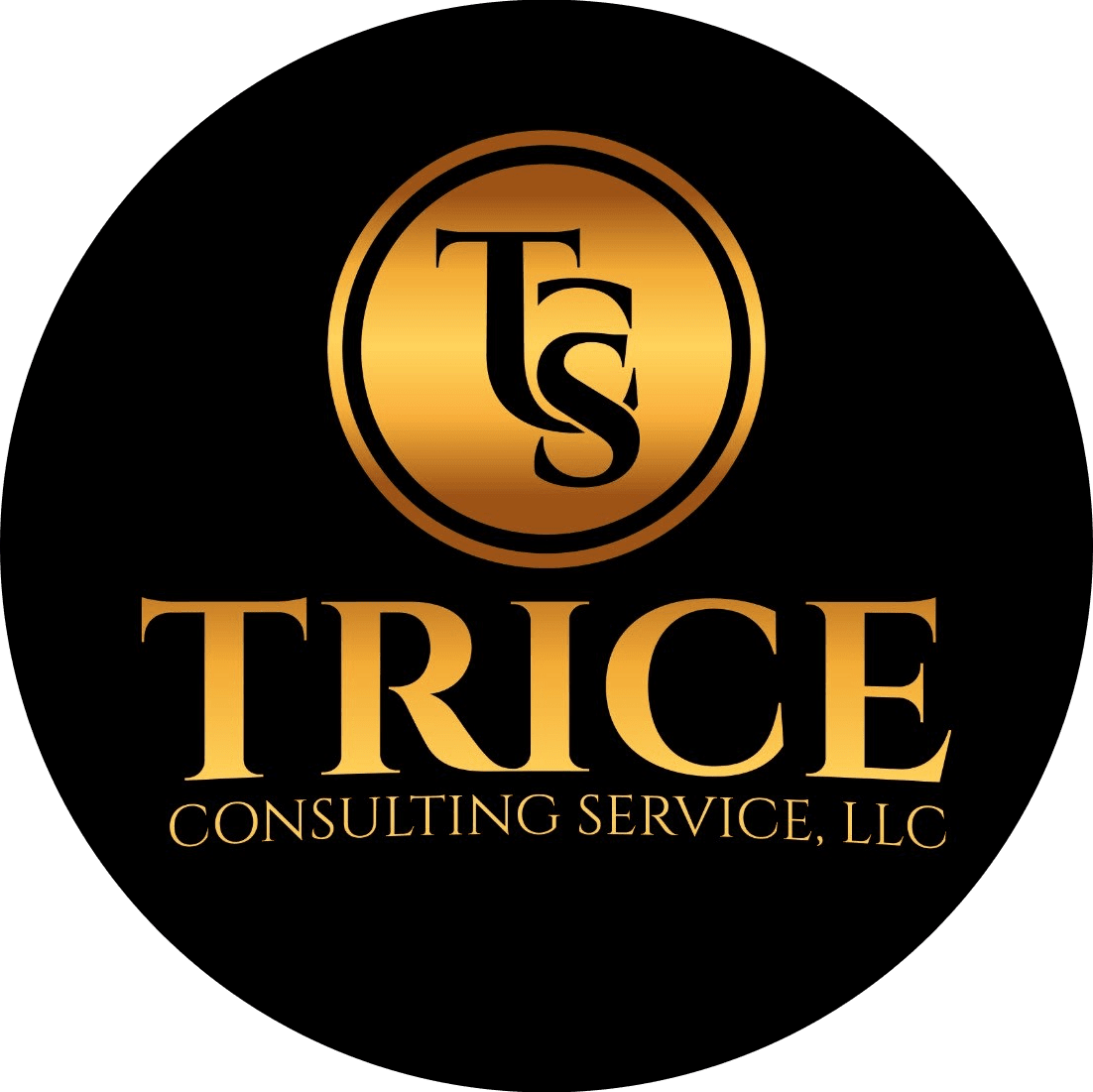Streamlining Success: Effective Strategies for Removing Waste in Your Business Process

In today's competitive landscape, efficiency is key to maintaining a successful business. Identifying and eliminating waste in your business processes can lead to substantial improvements in productivity, cost reduction, and overall satisfaction for both employees and customers. Here’s how you can streamline your operations by removing unnecessary waste.
Understanding Waste in Business
Waste in business can be defined as any activity that consumes resources without adding value to the product or service offered. This concept is often categorized using the 7 types of waste in Lean methodology:
1. Overproduction: Creating more products than needed, leading to excess inventory.
2. Waiting: Delays in the process, such as waiting for materials, information, or approvals.
3. Transport: Unnecessary movement of products or people that does not add value.
4. Extra Processing: Performing more work or using more components than necessary.
5. Inventory: Holding too much stock that ties up capital and resources.
6. Motion: Unnecessary movements by employees, which can slow down productivity.
7. Defects: Errors that require correction or lead to rework.
Steps to Identify and Remove Waste
1. Map Your Processes: Start by creating a detailed process map of your current operations. This visual representation helps identify areas where waste may occur.
2. Involve Your Team: Engage employees at all levels to provide insights and suggestions. They often have firsthand experience and can spot inefficiencies that management may overlook.
3. Analyze Current Performance Metrics: Examine your key performance indicators (KPIs) to assess where your processes may fall short.
4. Identify Non-Value-Added Activities: Once you understand your processes, distinguish between value-added (those contributing to customer satisfaction) and non-value-added activities.
5. Implement Lean Techniques: Adopt Lean principles such as Just-In-Time (JIT) production, continuous improvement (Kaizen), and 5S (Sort, Set in order, Shine, Standardize, Sustain) to enhance efficiency.
6. Encourage a Culture of Continuous Improvement: Foster an environment where employees are encouraged to seek out and report inefficiencies. Continuous employee training can reinforce this mindset.
7. Utilize Technology: Invest in technology that automates repetitive tasks, improves communication, and enhances data analysis. Software tools can provide insights into performance trends and identify waste.
8. Measure and Monitor Results: After implementing changes, continuously monitor your processes to evaluate their effectiveness. Adjust your strategy as necessary and celebrate your successes.
Benefits of Waste Reduction
By focusing on waste reduction, businesses can experience numerous benefits:
• Cost Savings: Reducing waste lowers costs associated with materials, labor, and time.
• Increased Productivity: Streamlined processes increase efficiency, allowing employees to focus on value-adding activities.
• Enhanced Customer Satisfaction: Delivering high-quality products or services on time strengthens customer loyalty.
• Better Employee Morale: A well-organized workplace fosters a positive atmosphere that can improve employee satisfaction and retention.
Conclusion
Removing waste from your business processes is not just about cutting costs; it’s about creating a more efficient, responsive, and customer-focused organization. By analyzing your operations and continually seeking improvements, you can position your business for sustained success in an ever-changing marketplace. Embrace the journey toward waste reduction, and watch your business thrive!
Contact Me
Connect With Me
I invite you to reach out with any questions or inquiries regarding my consulting services. Your journey toward success begins with a conversation, and I look forward to discussing how I can assist you in achieving your goals.
